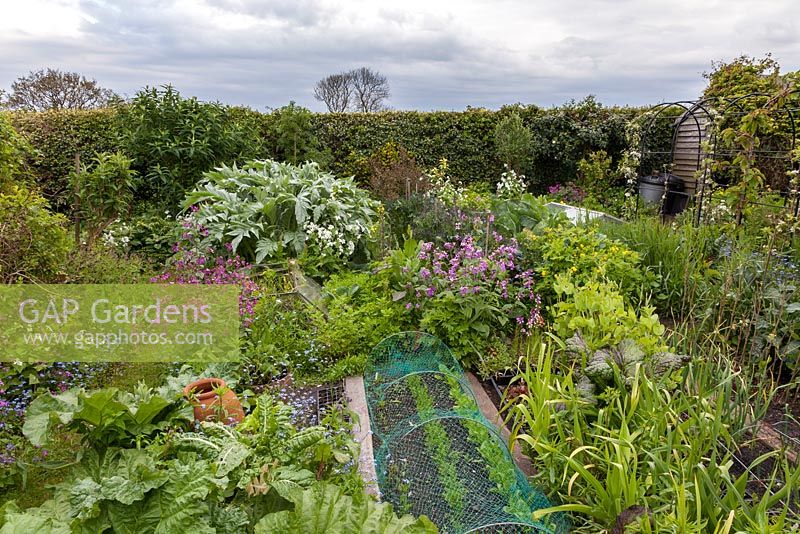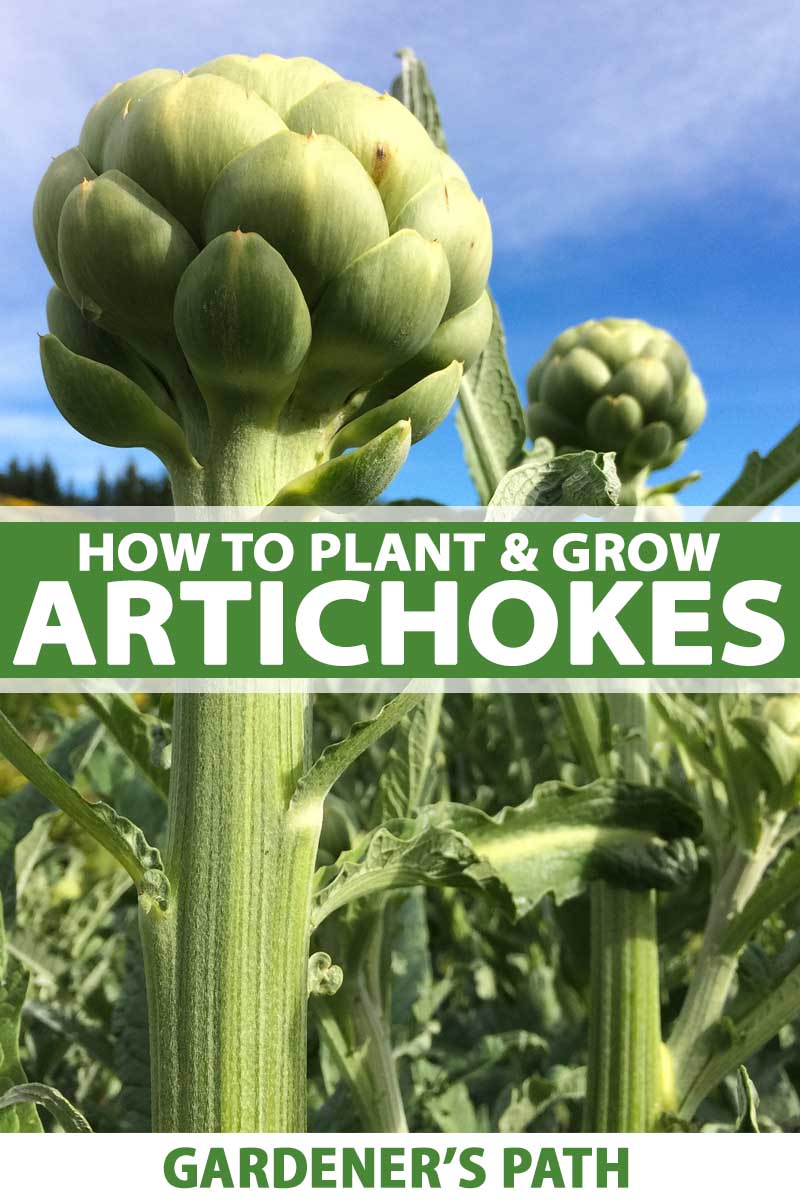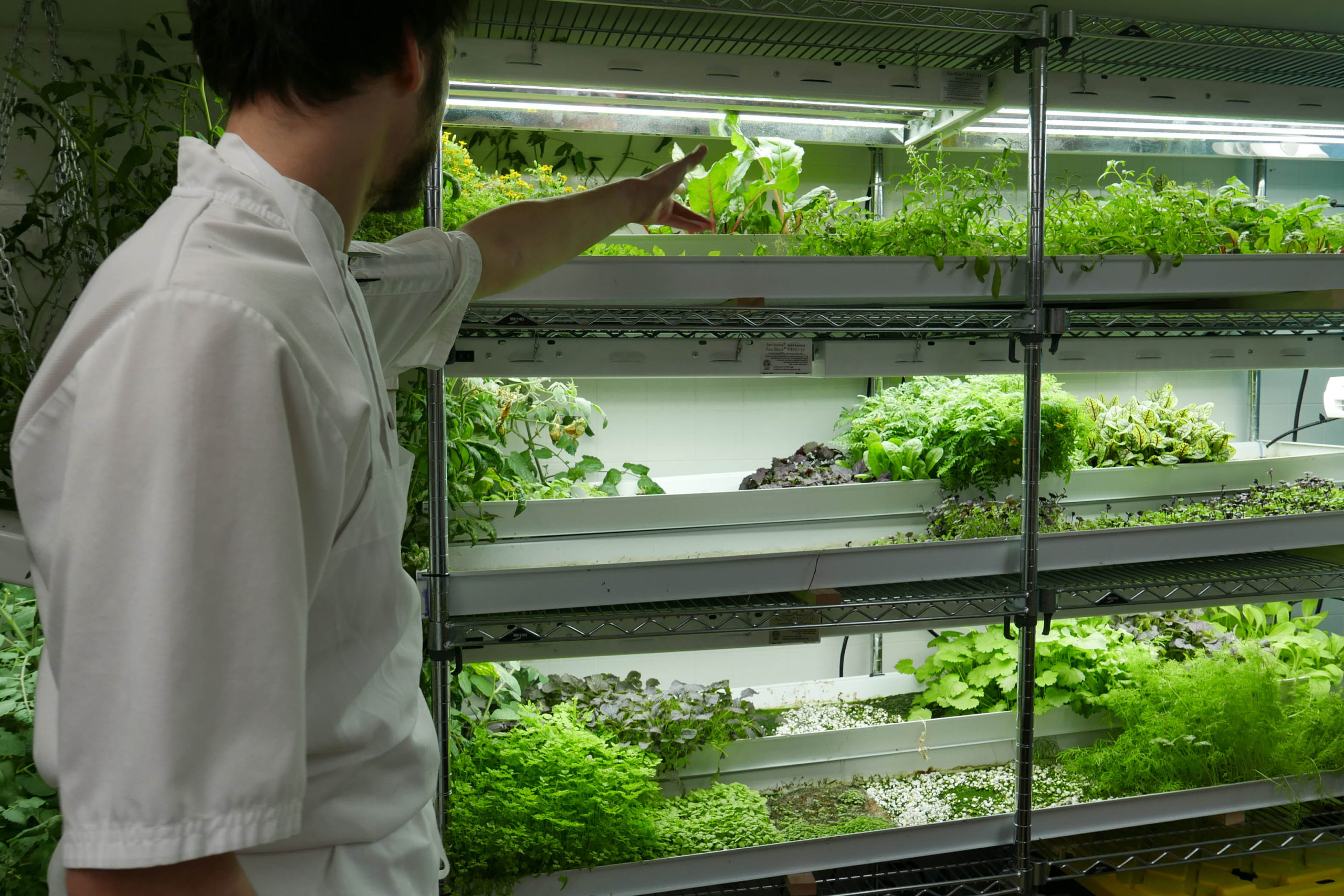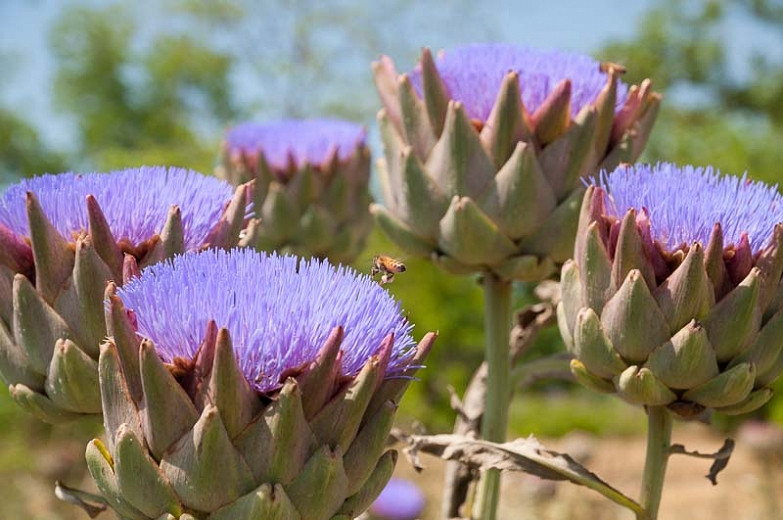The Best Cardoon Companion Plants
Cardoon (Cynara cardunculus) is a large, thistle-like vegetable that is related to artichokes. It is native to the Mediterranean region and has been cultivated for centuries for its edible leaves and stems. Cardoon can grow up to 6 feet tall and has a wide, spreading habit, so it is important to choose companion plants that will complement its size and needs.
In this blog post, we will discuss the best companion plants for cardoon. We will also provide some tips on how to plant and care for these plants together.
Why plant companion plants?
Companion planting is a gardening practice that involves planting certain plants together to benefit each other. Companion plants can help to improve the growth, health, and productivity of other plants in the garden. They can also help to deter pests and diseases.
There are many different factors to consider when choosing companion plants. Some of the most important factors include the plants' size, water needs, light requirements, and pest and disease resistance.
What are the best companion plants for cardoon?
Some of the best companion plants for cardoon include:
- Asparagus. Asparagus is a perennial vegetable that is also native to the Mediterranean region. It is a good companion plant for cardoon because it helps to repel pests and diseases. Asparagus also helps to improve the soil quality, which can benefit cardoon plants.

- Rhubarb. Rhubarb is another perennial vegetable that is a good companion plant for cardoon. It helps to improve the soil drainage, which can be beneficial for cardoon plants. Rhubarb also helps to deter pests and diseases.

- Globe artichokes. Globe artichokes are a close relative of cardoon and they have similar growing requirements. They are both tall, thistle-like plants that need full sun and well-drained soil. Globe artichokes can help to deter pests and diseases from cardoon plants.

- Horseradish. Horseradish is a perennial herb that is a good companion plant for cardoon. It helps to repel pests and diseases and it also helps to improve the soil quality. Horseradish can be a bit aggressive, so it is important to plant it in a location where it will not crowd out other plants.

- Watercress. Watercress is an edible aquatic plant that is a good companion plant for cardoon. It helps to deter pests and diseases and it also helps to improve the soil quality. Watercress can be grown in containers or in the ground.

How to plant and care for cardoon companion plants
When planting cardoon companion plants, it is important to follow the specific instructions for each plant. However, there are some general tips that can help to ensure success.
- Plant companion plants in a location that receives full sun and has well-drained soil.
- Space plants according to their mature size.
- Water plants regularly, especially during hot, dry weather.
- Fertilize plants monthly with a balanced fertilizer.
- Mulch around plants to help retain moisture and suppress weeds.
Conclusion
Planting companion plants can help to improve the growth, health, and productivity of your cardoon plants. By choosing the right companion plants and following the tips above, you can create a thriving garden that is both beautiful and productive.
Cardoon is a tall, spiky plant that is related to the artichoke. It is a member of the Asteraceae family, which also includes sunflowers, daisies, and lettuce. Cardoons are native to the Mediterranean region, but they can be grown in many parts of the world.
Cardoons are edible, and their leaves and stems can be cooked and eaten. They have a slightly bitter taste, but they can be made more palatable by blanching them before cooking. Cardoons are also a good source of vitamins and minerals, including vitamin C, potassium, and fiber.
When choosing companion plants for cardoons, it is important to consider their growth habits and needs. Cardoons are tall plants that need plenty of space to grow. They also prefer full sun and well-drained soil. Some good companion plants for cardoons include:
- Asparagus
- Rhubarb
- Globe artichokes
- Horseradish
- Watercress
These plants have similar growth habits and needs as cardoons, and they can help to deter pests and diseases.
For more information about cardoon companion plants, please visit Gardenia Inspiration. This website provides a comprehensive guide to companion planting, including information about the benefits of companion planting, how to choose companion plants, and a list of recommended companion plants for a variety of vegetables.
FAQ of cardoon companion plants
- What are good companion plants for cardoons?
Cardoons are tall, upright plants that can grow up to 6 feet tall. They are relatively easy to grow and require full sun and well-drained soil. Cardoons are also relatively pest- and disease-resistant. Some good companion plants for cardoons include:
* Artichokes: Artichokes and cardoons are both members of the thistle family and they benefit from being planted together. They help each other to repel pests and diseases.
* Beetroot: Beetroot helps to improve the soil structure around cardoons and also helps to deter pests.
* Carrots: Carrots and cardoons can be planted together because they have different root systems and they do not compete for nutrients.
* Cucumbers: Cucumbers and cardoons can be planted together because they both attract beneficial insects.
* Melons: Melons and cardoons can be planted together because they both benefit from being planted in warm, sunny spots.
- What are bad companion plants for cardoons?
Some bad companion plants for cardoons include:
* Beans: Beans can compete with cardoons for nutrients.
* Lettuce: Lettuce can attract slugs and snails, which can also damage cardoons.
* Onions: Onions can release sulfuric compounds into the soil, which can stunt the growth of cardoons.
* Potatoes: Potatoes can attract pests that can also damage cardoons.
* Spinach: Spinach can attract aphids, which can also damage cardoons.
- How far apart should cardoons be planted?
Cardoons should be planted at least 2 feet apart. This gives them enough space to grow and spread their roots.
- When should cardoons be planted?
Cardoons can be planted in the spring or fall. They prefer to be planted in soil that has been amended with compost or manure.
- How do you care for cardoons?
Cardoons need regular watering, especially during hot, dry weather. They also need to be fertilized once a month with a balanced fertilizer. Cardoons should be harvested in the fall, after the flowers have died.
Image of cardoon companion plants
- Asparagus. Asparagus is a good companion plant for cardoon because it helps to repel pests.

- Rhubarb. Rhubarb is another good companion plant for cardoon because it helps to deter pests and diseases.

- Globe artichokes. Globe artichokes are related to cardoons and they can be planted together to attract beneficial insects.

- Horseradish. Horseradish is a strong-smelling plant that can help to repel pests from cardoons.

- Watercress. Watercress is a leafy green vegetable that can be planted at the base of cardoons to help suppress weeds.

Post a Comment for "The Best Cardoon Companion Plants"